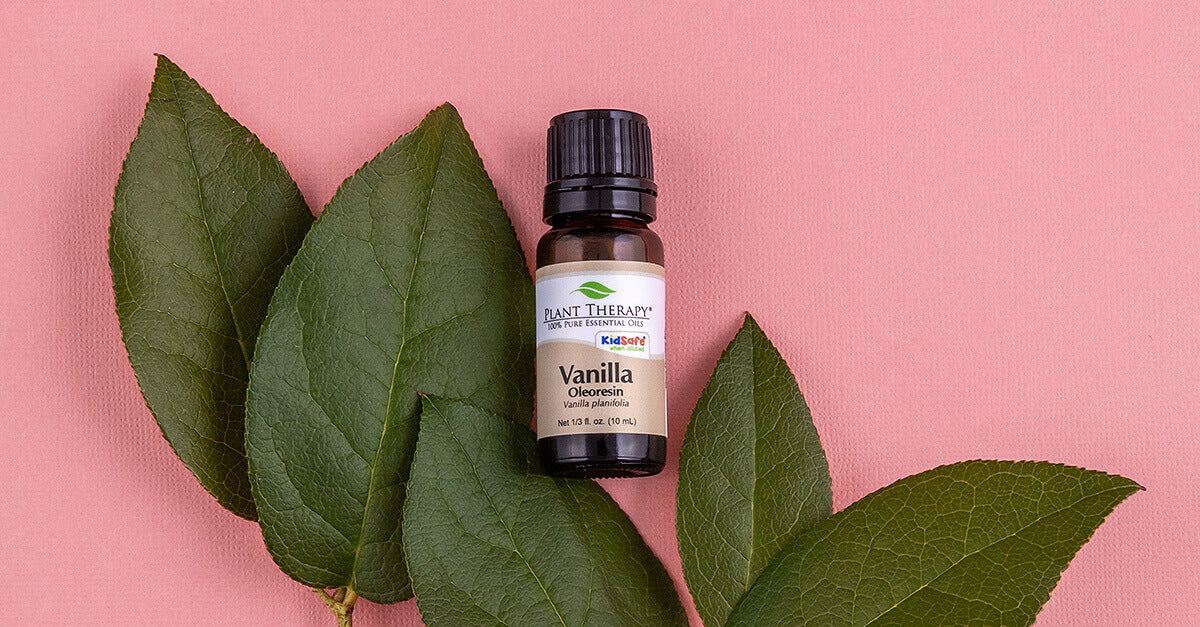If you spend enough time shopping for essential oils, you’ve probably noticed that there are a few different words that get thrown around like “Oleoresin” and “CO2 Extract.” It can all be pretty overwhelming. We’re going clear up some of the confusion so you can understand exactly what it means next time one of those words pops up.
Oleoresin

Plant Therapy has just one product that is an oleoresins: Copaiba Oleoresin. Copaiba Oleoresin is a unique, gentle oil that is tree tapped from the Balsam of the Copaiba tree to produce a pure, undiluted oleoresin. This process does less damage to the tree than if it was distilled, plus contains more therapeutic compounds. Even better, this particular oleoresin is soluble!
CO2 Extract

A CO2 Extract is still an essential oil, it’s just extracted through a different process. With CO2 extracts, Carbon Dioxide is pressurized until it’s a liquid. It is used as the solvent to remove the oil from the plant material. With this solvent, there is no residue left behind and the precious oil is removed using much lower temperatures. Because of this, less properties within the oils are sacrificed. Another benefit of the CO2 extract is that the smell is closer to the actual plant and has a more crisp, clean aroma.
Essence
 In addition to our cold-pressed citrus oils, and a couple steam-distilled options, we recently added Orange Essence and Lemon Essence. Essences are extracted as part of the process to create fruit juice. They come from either the fruit itself or the peel of the fruit. During the last phase of juice production, the volatile oils float to the top of the tanks where they are collected and distilled to separate them from the water of the juice source, thereby creating essence oils.
In addition to our cold-pressed citrus oils, and a couple steam-distilled options, we recently added Orange Essence and Lemon Essence. Essences are extracted as part of the process to create fruit juice. They come from either the fruit itself or the peel of the fruit. During the last phase of juice production, the volatile oils float to the top of the tanks where they are collected and distilled to separate them from the water of the juice source, thereby creating essence oils.
One of the things that set essence oils apart is that they a ‘juicier’ scent that is a little stronger and more intense. But don’t worry, it’s a change you’ll like! However, because of the strength of their scent, it may take some adjusting when blending with essence oils.
Isolates

Last, but certainly not least, we have isolates. Basically, isolates are isolated parts of natural essential oils. They are specifically taken out because of their scent notes and aromatic qualities, instead of therapeutic qualities. This allows us to create beautiful blends with totally unique aromatic profiles.
Isolates are often taken from essential oils using fractional distillation. This method involves the separation of a liquid into fractions using differing boiling points. As the oil heats up, the vapor rises into a long column above the still. The vapor is repeatedly condensed and re-evaporated as it moves toward the top, which distills the vapor many times. Because of this, the column can be tapped at various levels to draw off different fractions. This isolates different parts of the oil with different scent notes.
Don’t forget to check out our Safe Essential Oil Recipes (SEOR) Facebook Group for safe ways to use your favorite essential oils.









